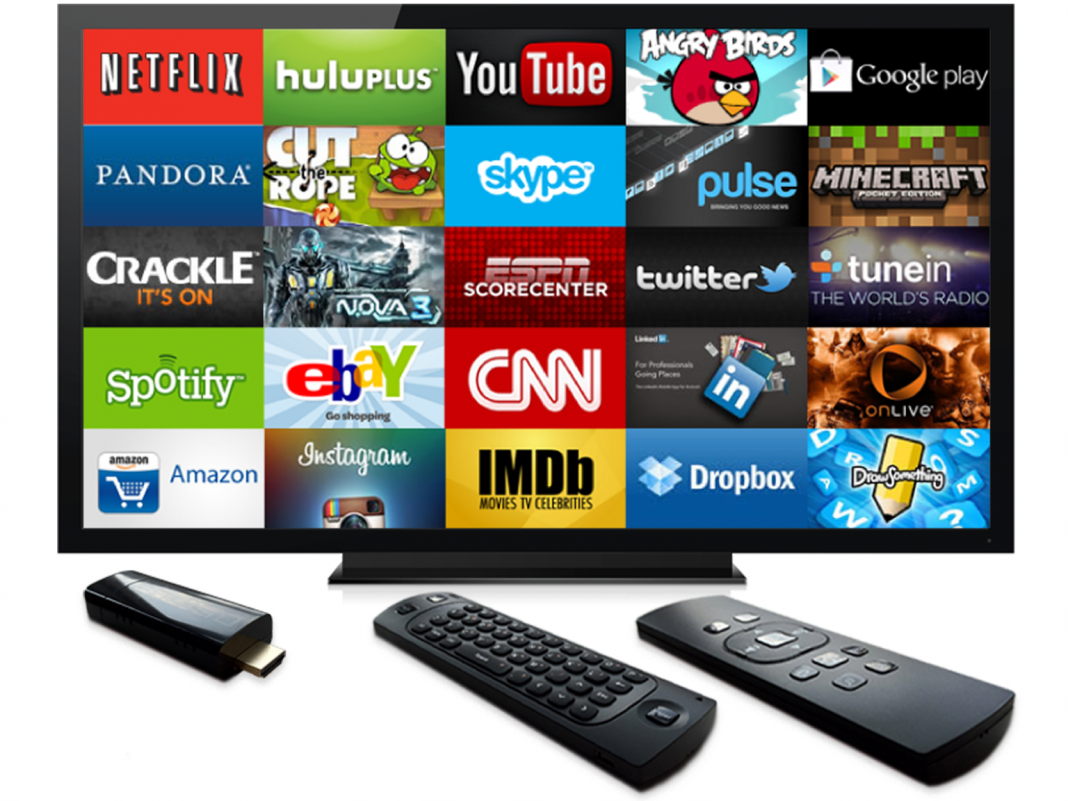Roadrunner: A Film About Anthony Bourdain, directed and produced by Morgan Neville, was released in the United States on July 16, 2021 by Focus Features. Celebrity chef and TV presenter Anthony Bourdain died by suicide on June 8, 2018, in France while on location, and this film explores his complex psyche.
But a controversy has erupted over the director’s inclusion of an AI-generated voiceover.
Helen Rosner reviewed the film in The New Yorker and noticed something strange:
“There is a moment at the end of the film’s second act when the artist David Choe, a friend of Bourdain’s, is reading aloud an e-mail Bourdain had sent him: “Dude, this is a crazy thing to ask, but I’m curious” Choe begins reading, and then the voice fades into Bourdain’s own: “…and my life is sort of shit now. You are successful, and I am successful, and I’m wondering: Are you happy?” I asked (director) Neville how on earth he’d found an audio recording of Bourdain reading his own e-mail. Throughout the film, Neville and his team used stitched-together clips of Bourdain’s narration pulled from TV, radio, podcasts, and audiobooks. “But there were three quotes there I wanted his voice for that there were no recordings of,” Neville explained. So he got in touch with a software company, gave it about a dozen hours of recordings, and, he said, “I created an A.I. model of his voice.” In a world of computer simulations and deepfakes, a dead man’s voice speaking his own words of despair is hardly the most dystopian application of the technology. But the seamlessness of the effect is eerie. “If you watch the film, other than that line you mentioned, you probably don’t know what the other lines are that were spoken by the A.I., and you’re not going to know,” Neville said. “We can have a documentary-ethics panel about it later.””
Well, the panel has been convened.
In a follow-up article, Rosner writes: “Neville used the A.I.-generated audio only to narrate text that Bourdain himself had written” and reveals the director’s “initial pitch of having Tony narrate the film posthumously á la Sunset Boulevard — one of Tony’s favorite films.”
People seem offended that the director has literally put words into Bourdain’s mouth, albeit his own words. Personally, I don’t have an issue with this but think there should have been a disclaimer off the top revealing, “Artificial Intelligence was used to generate 45 seconds of Mr. Bourdain’s voiceover in this film.”
My take: what I want to know is, how can I license the Tony Bourdain AI to narrate my movie?


